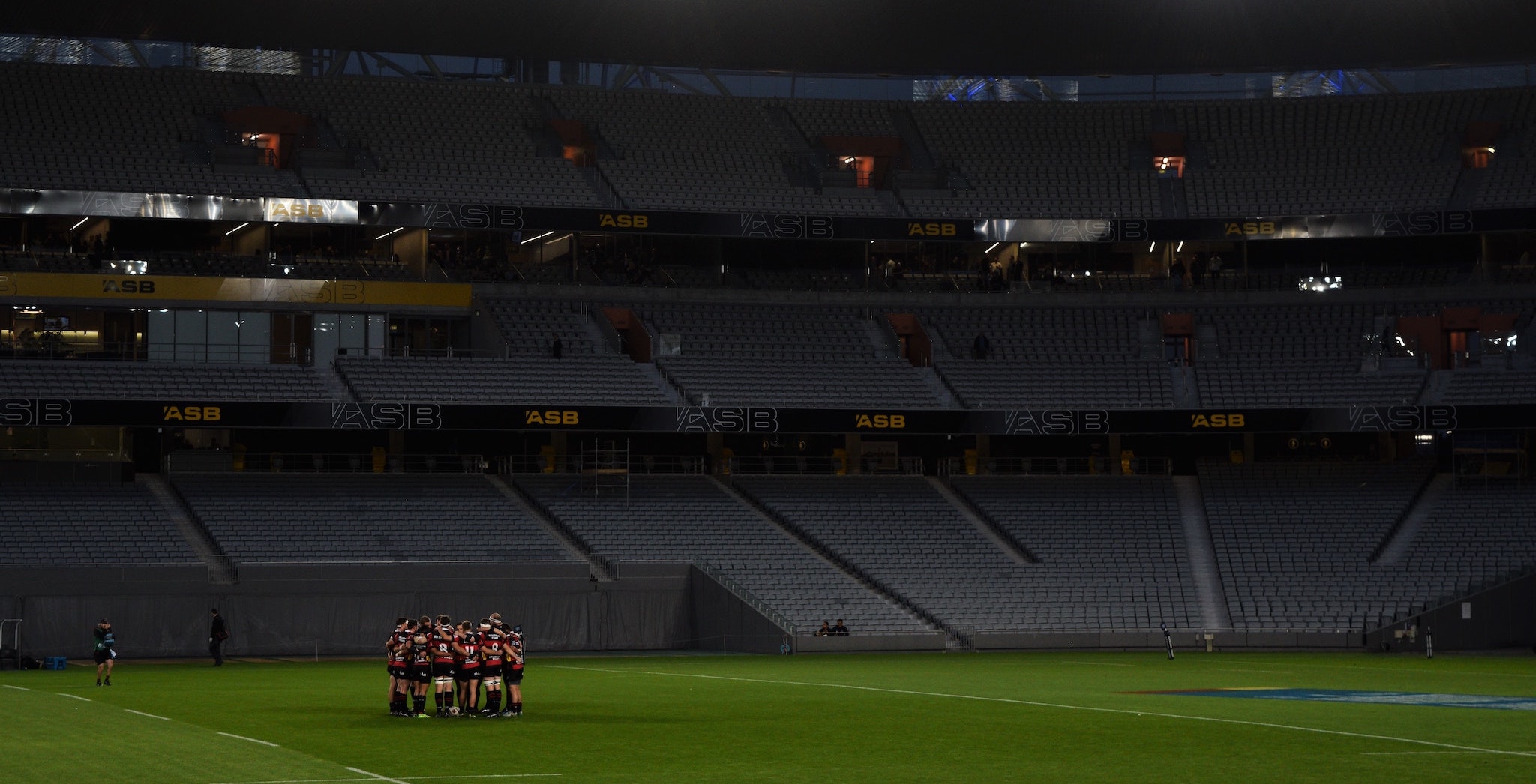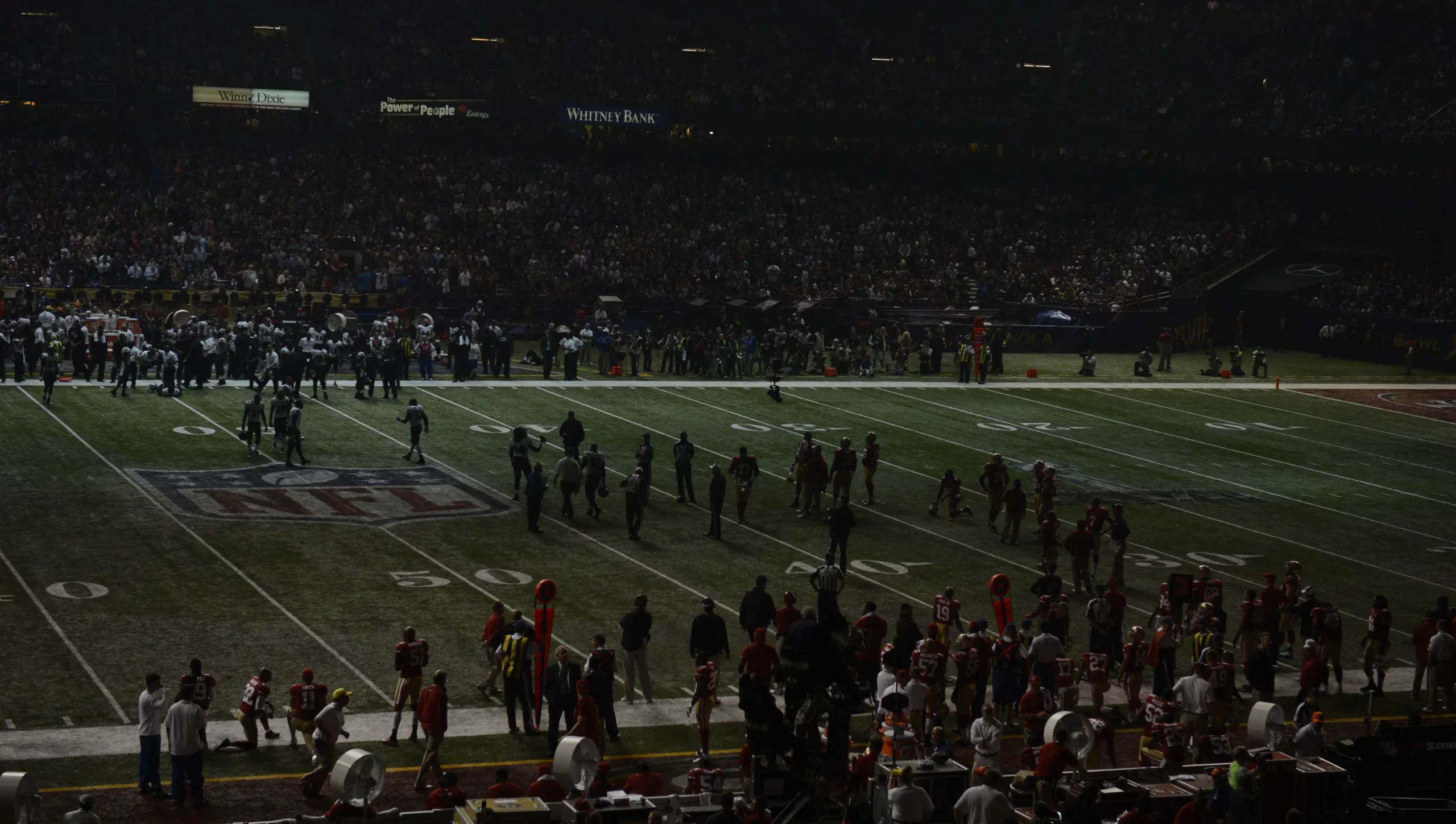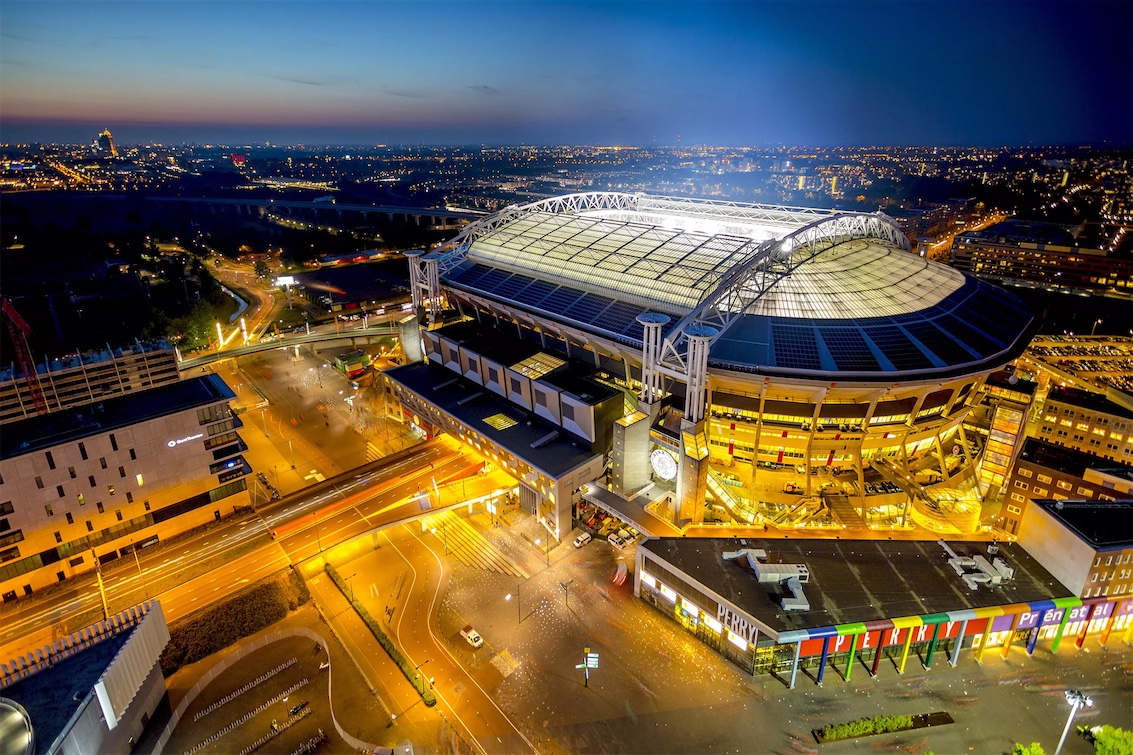Unpredictable Power Outages in Today’s Sports World

‘The Big Game’ is an annual event many fans look forward to, often referred to as the biggest sporting event of the year. After a lively half-time performance, an “abnormality” in the power system triggered an automatic shutdown causing a power outage in the 73,000-seat building.
Now formally known as the “Blackout Bowl”, the football game experienced a stadium-wide power outage that caused a 34-minute delay. Power outages in monumental sporting events aren’t uncommon either. A World Cup game between Argentina and Brazil was forced to be called off due to a power grid failure, leaving over 25,000 fans disappointed and sent home.
The Effect of Power Outages in Sports
Sporting events require huge power demands to power lights, stadium features, food and drink booths, billboards and more. However, a power grid collapse can cause a chain reaction of problems for all parties involved. The big game’s rating fell below the two previous years’ finals. Advertisers did not see returns on their 60-second ad, which companies often pay upwards of $10 million dollars. Paid spectators were also frustrated when escalators and credit-card machines stopped working for the remainder of the game, negatively affecting both the organizers and fans.
In a sports management study, it was found that 80% of fans have eaten at least a hot dog at a sporting event in the last year. This combined with sports arenas having a profit margin of up to 90% on drinks, shows the potential of lost revenue in the event of a power grid failure. The canceled World Cup match between Argentina and Brazil was an example of this when Japan missed out on added revenue opportunities through ticket sales, food, beverage, and more – reducing the country’s profit margin.

The Movement Towards Renewable Energy
Currently, most sports arenas use diesel engines as their main energy source, these are often found in automobiles, light trucks, and some construction applications. However, diesel engines are vulnerable to power outages and as fuel prices continue to increase, the cost to purchase and maintain diesel engines is more expensive.
Renewable energy is a cleaner alternative to reducing carbon emissions, and with prices for Solar PV energy decreasing, it is a competitive alternative to conventional sources. Implementing a Battery Energy Storage System (BESS) alongside a Solar energy source can help optimize its energy expenditure.
Vienna Zhou, CEO of battery energy storage company TROES Corp, says “With the COVID-19 Pandemic dwindling down and sports arenas reopening doors for fans, energy storage is the future to create greater reliability in the sports-entertainment business. Not only will this reduce the risk of power outages but also help sports teams push an eco-friendly movement”.
This more competitive alternative is beginning to see mainstream sports attention as AFC Ajax, a Dutch Football club, implemented a battery energy storage system into their stadium in 2018. Henk van Raanu, director of innovation at AFC Ajax expressed his delight with the inclusion of a BESS system: “[the] arena is assured of a considerable amount of power, even during an outage […] [as] a result, the stadium will contribute to a stable Dutch energy grid.”

The ability to charge the batteries using renewable sources like solar, hydro, and wind, and discharging the batteries when electricity is most needed, would be notably impactful during a sporting game. Energy Storage can provide peak-shaving to lower costs and provide sustainable energy throughout the day, while enabling the ability to provide backup power in the case of a power outage. Unlike other backup storage, such as a diesel generator, a BESS can power up instantly – a crucial feature for any sports area that needs continuous power at a moment’s notice.






